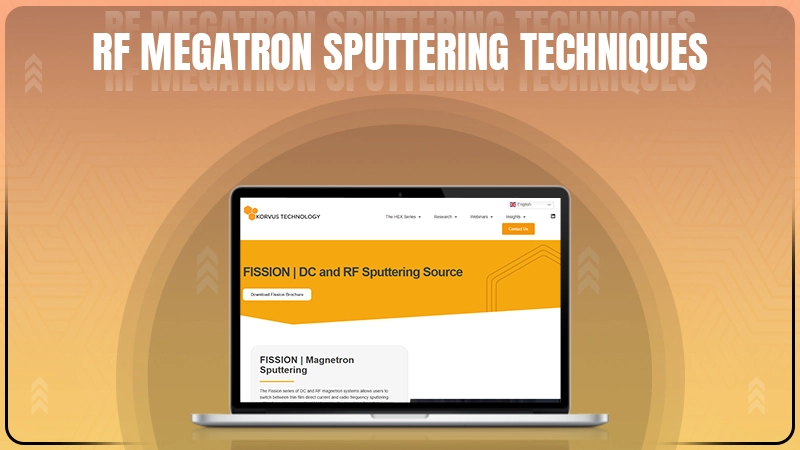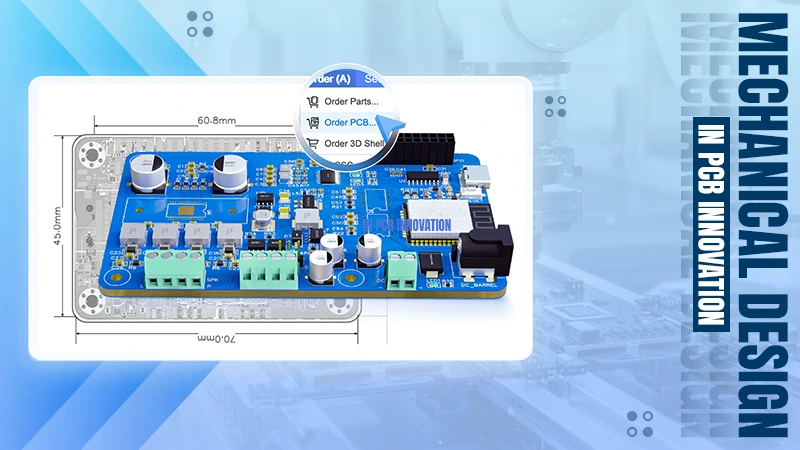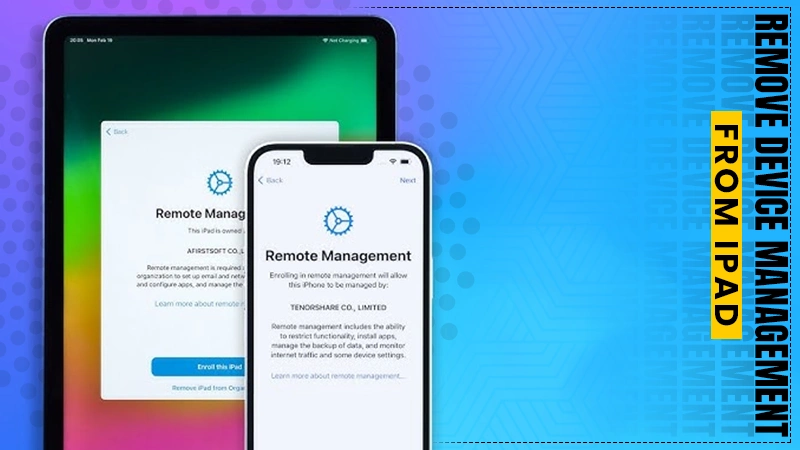Thin Film Deposition Techniques: The Role of RF Magnetron Sputtering

Thin film deposition is a cornerstone of modern technology, enabling the creation of precise coatings and layers for applications ranging from semiconductors to optics.
Among the various deposition techniques, RF magnetron sputtering stands out as a versatile and effective method, particularly for complex materials and dielectric coatings.
This article delves into the role of RF magnetron sputtering in thin film deposition, offering practical insights and industry-specific examples.
What is Thin Film Deposition?
Thin film deposition involves applying a layer of material, often just a few nanometers thick, onto a substrate.
These films serve various purposes, such as enhancing surface properties, enabling electrical conductivity, or creating protective barriers.
Industries like electronics, aerospace, and renewable energy rely heavily on thin film technologies for their products.
Common deposition methods include physical vapor deposition (PVD) and chemical vapor deposition (CVD). PVD techniques like sputtering are particularly valued for their precision and ability to deposit materials with uniform thickness.
The Basics of RF Magnetron Sputtering
RF magnetron sputtering is a type of PVD technique that uses radiofrequency (RF) power to generate plasma.
In this process, ions from the plasma bombard a target material, ejecting atoms that then deposit onto the substrate as a thin film.
The “magnetron” component refers to the use of magnetic fields to confine electrons near the target surface, enhancing plasma density and improving efficiency.
This method is especially useful for depositing dielectric materials or insulating films that are challenging to handle with other sputtering techniques like DC sputtering.
The RF power prevents charge buildup on non-conductive targets, making it ideal for applications requiring high-quality films.
Advantages of RF Magnetron Sputtering
RF magnetron sputtering offers several benefits that make it a preferred choice in thin film deposition:
- Material Versatility: It can deposit a wide range of materials, including metals, oxides, nitrides, and complex compounds.
- Uniformity: The technique ensures even coating across large substrates, essential for applications like display panels or solar cells.
- Precision: It allows fine control over film thickness and composition.
- Compatibility: RF magnetron systems work well with both conductive and non-conductive targets.
These advantages make RF magnetron sputtering a go-to method in industries requiring high-performance thin films.
Applications of Thin Films Created by RF Magnetron Sputtering
Thin films produced by RF magnetron sputtering find applications in diverse fields:
- Semiconductors: Integrated circuits and microchips rely on thin films for insulation layers, conductive pathways, and protective coatings.
- Optics: Anti-reflective coatings on lenses and mirrors are often deposited using this method.
- Energy: Solar panels and fuel cells use thin films for electrodes and protective layers.
- Aerospace: Durable coatings protect components from harsh environmental conditions in space or high-altitude flights.
For instance, in the production of touchscreens for smartphones, RF magnetron systems are used to deposit transparent conductive films like indium tin oxide (ITO).
How RF Magnetron Sputtering Compares to Other Techniques?
Compared to other thin film deposition methods like thermal evaporation or atomic layer deposition (ALD), RF magnetron sputtering offers unique advantages:
| Feature | RF Magnetron Sputtering | Thermal Evaporation | ALD |
| Material Compatibility | Conductive & Non-Conductive | Limited | Excellent |
| Film Uniformity | High | Moderate | High |
| Deposition Speed | Moderate | High | Slow |
| Cost | Moderate | Low | High |
While thermal evaporation is faster and cheaper, it struggles with complex materials. ALD provides atomic-level precision but is time-intensive. RF magnetron sputtering strikes a balance between performance and practicality.
Challenges in RF Magnetron Sputtering
Despite its advantages, RF magnetron sputtering comes with challenges:
- Target Erosion: Prolonged use can wear down targets unevenly.
- Slow Deposition Rates: Compared to some other methods, it can be slower.
- Equipment Complexity: The systems require precise calibration and maintenance.
Addressing these challenges often involves innovations like rotating targets to ensure even erosion or optimizing plasma parameters for faster deposition rates.
Practical Considerations for Using an RF Magnetron System
When implementing an RF magnetron system for thin film deposition, several factors should be considered:
- Target Material: Ensure compatibility with the desired film properties.
- Substrate Preparation: Cleanliness and surface quality significantly impact adhesion.
- Process Parameters: Adjusting power levels, gas flow rates, and chamber pressure can fine-tune film characteristics.
For example, in manufacturing optical coatings, maintaining low substrate temperatures during deposition helps prevent thermal damage while ensuring high-quality films.
Future Trends in Thin Film Deposition
As industries demand increasingly sophisticated thin films, advancements in RF magnetron systems continue to emerge. Trends include:
- Multi-Target Systems: Allowing simultaneous deposition of multiple materials for complex films.
- High-Power Impulse Magnetron Sputtering (HiPIMS): Enhancing ionization rates for better adhesion.
- Green Manufacturing: Reducing energy consumption and waste during deposition processes.
These developments aim to meet the growing needs of sectors like quantum computing and advanced photonics.
Conclusion
RF magnetron sputtering plays a pivotal role in thin film deposition by offering unmatched versatility and precision.
From semiconductors to renewable energy devices, its applications span numerous industries that rely on high-quality coatings.
By understanding its capabilities and addressing challenges effectively, manufacturers can harness the full potential of this technology for cutting-edge innovations.












